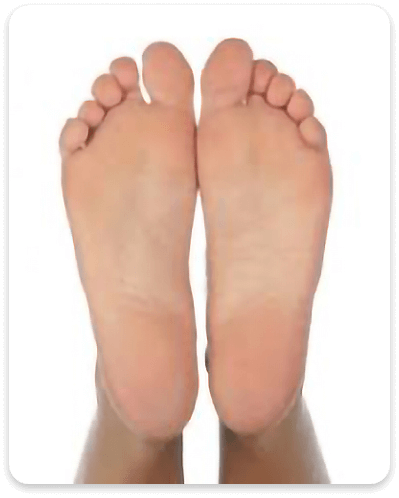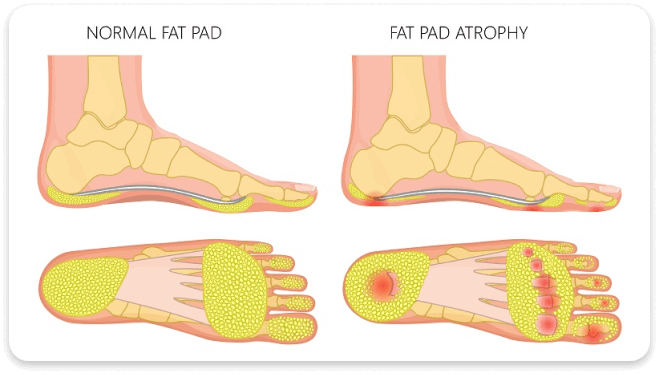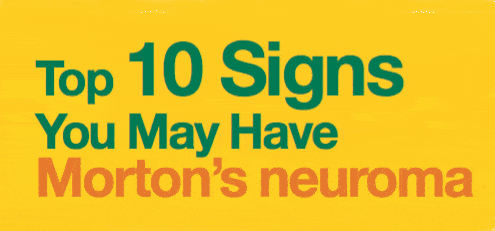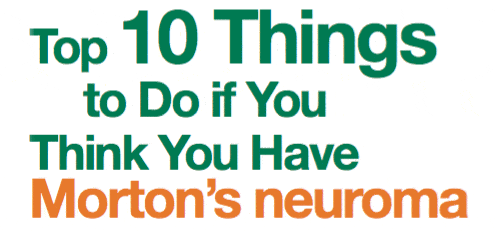Fat Pad Atrophy is Now Treatable With Regenerative Medicine
You may lose the fat pads on the balls of your feet with age. In many cases, the loss is due to the result of cortisone injections. Many people suffering with Morton’s neuroma foot pain or Metatarsalgia receive cortisone injections for the temporary relief of pain. However, these corticosteroid injections have a significant risk of resulting in fat pad atrophy, especially if they have been repeated a few times.

Many patients come to see us with Fat Pad Atrophy after having received corticosteroid injections for their Morton’s neuroma. Cortisone interferes with the body’s natural healing processes resulting in tissue and fat pad breakdown. Fat pad atrophy is fat tissue breakdown that does not repair or reverse with time. This results in foot bones that are closer to the floor, not as protected, and in more pain. This can also occur normally due to the aging process. In high arched people, chronic stress over the fat pad can also cause it to shift forward and degenerate. Acute injury, diabetes or smoking can also cause or contribute to Fat Pad Atrophy.
We can treat Fat Pad Atrophy with your own fat extracted from a mini liposuction done on your abdomen or buttocks, then processed and injected into your feet in an orthobiologic treatment.
Fat pad atrophy occurs when the protective cushion of fat beneath your heel or ball of the foot begins to thin out. This thinning exposes the underlying bones to stress and impact, leading to discomfort and potential damage.
Patients with Fat Pain Atrophy complain of pain under the heel while walking barefoot on a hard surface or pain under the metatarsal heads when walking on a hard surface. It feels like a dull ache in the center of the heel and it may be possible to feel the heel bone with your fingers through the fat pad. If it feels like hardly any cushion, atrophy is more likely than fasciitis. Frequently the pain in your heel is worse the more you walk on it.

We offer a range of non-surgical and surgical treatments to manage fat pad atrophy effectively.

Recovery can take a week and we recommend you then ease back into your routine but avoid long walks and runs (and anything that creates excessive foot pad pressure) for 4-6 weeks. Custom Orthotics can help the healing and recovery.
Recent studies highlight the effectiveness of fat pad augmentation in the treatment of Fat Pad Atrophy.
Lipofilling for functional reconstruction of the sole of the foot. Nicoletti G; et al; Foot (Edinb). 2014 Mar;24(1):21-7. doi: 10.1016/j.foot.2014.02.003. Epub 2014 Mar 6. Link to Article
Autologous Fat Grafting for Pedal Fat Pad Atrophy: A Prospective Randomized Clinical Trial; GusenoffJ et al; Reconstr Surg. 2016 Nov;138(5):1099-1108. Link to Article
Fat Grafting for Pedal Fat Pad Atrophy in a 2-Year, Prospective, Randomized, Crossover, Single-Center Clinical Trial; Minteer et al; Plast Reconstr Surg. 2018 Dec;142(6):862e-871e. Link to Article
A: Fat Pad Augmentation. We can treat Fat Pad Atrophy with your own fat extracted from a mini liposuction done on your abdomen or buttocks, then processed and injected into your feet in an orthobiologic treatment.
A: No, we only do one for the time. If you need both feet then then we do your second for at least one month after the 1st foot.
A: Walk only as needed for the first three days. Using crutches is preferable. Within the next two weeks, you can walk but keep your foot elevated whenever you can.
For the first 4 to 6 weeks:
A: You should notice a change within the first six months, and this will continue to improve for two years thereafter.
A: While the condition does not reverse, symptoms can be managed in the short term with proper care and custom orthotics.
A: Fat pad atrophy causes pain under the heel, while plantar fasciitis typically causes pain in the arch and heel, especially after resting. Sometimes it can be very difficult to distinguish between the two and you should seek a provider who has a lot of experience in dealing with these two conditions to make an accurate diagnosis.
A: Surgery is rarely required and is usually reserved for very severe cases.
A: Shoes with thick, cushioned soles and proper arch support are ideal.
Have more questions? Contact us.


By providing us with your information you are consenting to the collection and use of your information in accordance with our Terms of Service and Privacy Policy.